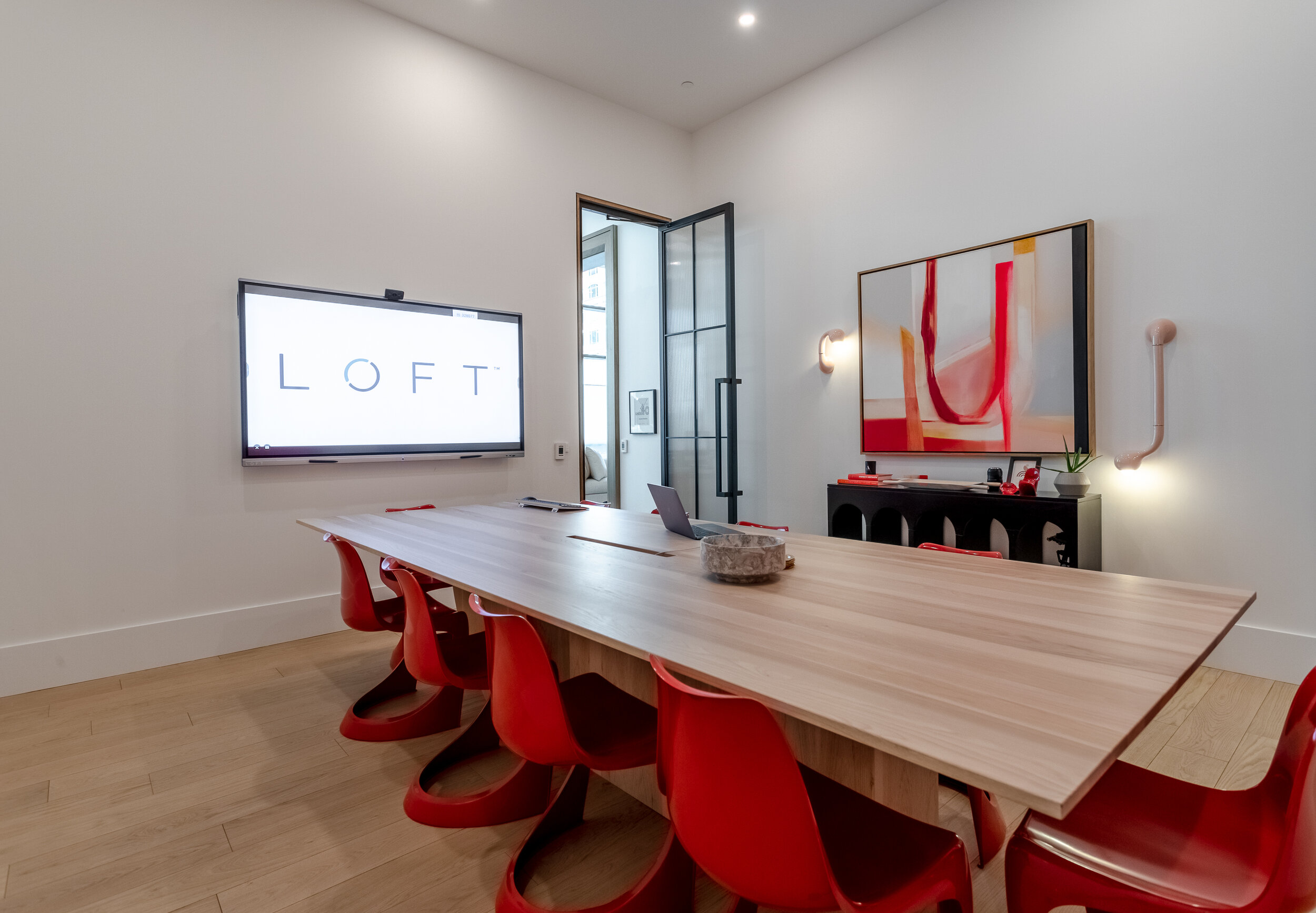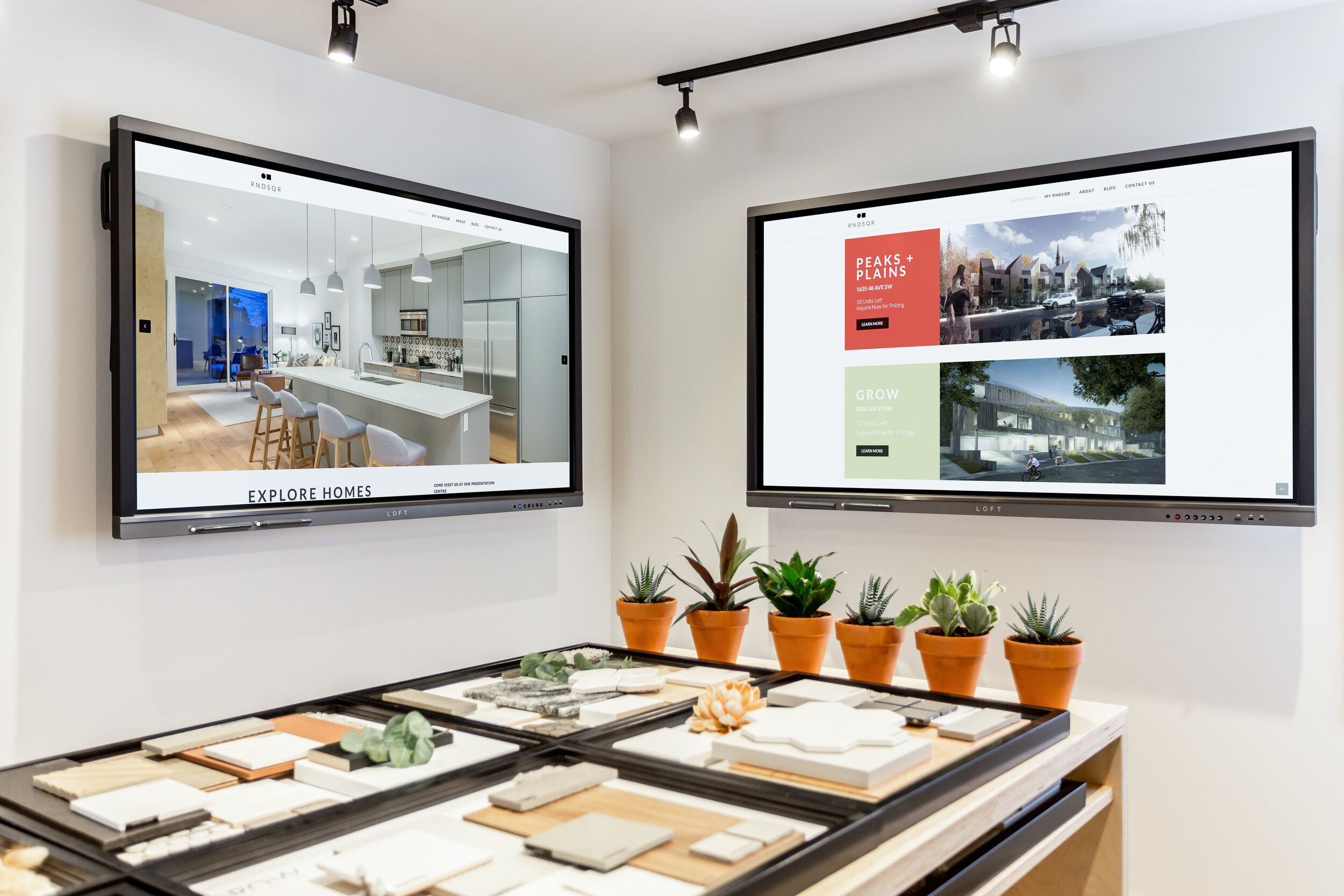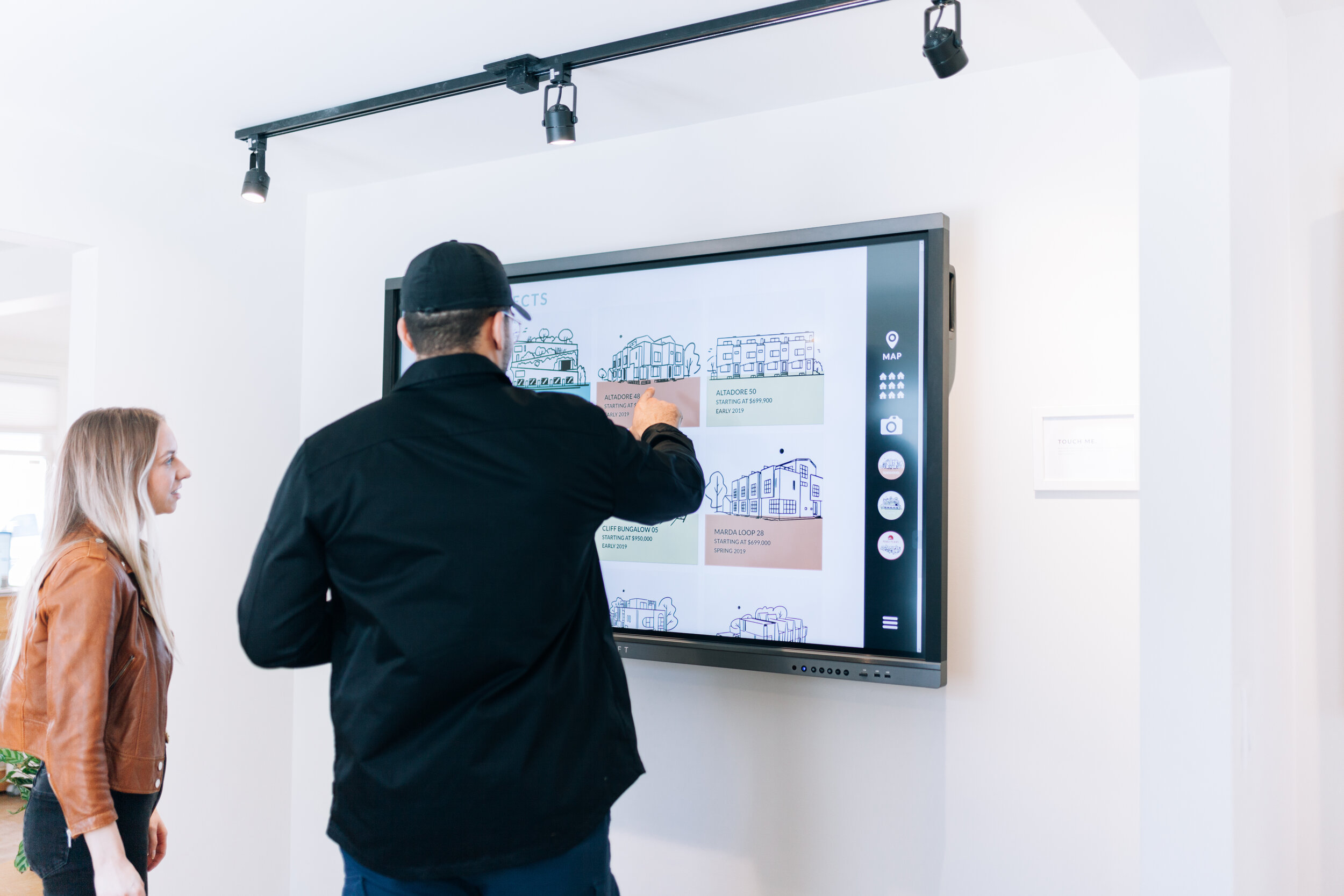Interactive Displays within Design-Focused Industries
The modern workplace is built around technology and the enhanced productivity it creates. Tools that promote collaboration, both remote and in-person, have become increasingly more valuable.
Interactive displays are a perfect example of how innovation can overhaul a workplace standard. Countless daily tasks completed within all sorts of industries have been streamlined thanks to this technology, and numerous traditional ways of doing things have become obsolete.
When considering the collaborative requirements within design-focused industries, the benefits of interactive technology are clear. Not only do they deliver advanced functionality, but they offer a new level of empowerment to the end-user. From blueprints to lunch orders, and everything in between, interactive displays simply make our lives easier and with efficiency being the expectation in everything we do, the demand for interactive technology is on the rise.
Architecture + Interior Design
In an industry that relies heavily on drawings and renderings, the ability to access, manipulate, and interact with electronic files is highly beneficial. Not only does the interactiveness enhance internal workflows, but it also creates an engaging client experience for those more involved in the design process. Applications such as interactive whiteboarding provide clients with better visualization of a design's specifications and allow for changes to be reviewed in real-time, both remotely and in person.
“LOFT has been a great investment in our new studio renovation and has significantly impacted our ability to present to our clients.”
Real Estate
For real estate, particularly in sales centers, interactive displays offer a modern tool for presenting information to potential home buyers. Traditional marketing tools such as brochures and printed advertisements used to be the primary method of real estate marketing but have recently been replaced with an interactive experience. Touch screens offer prospects the ability to browse property information and compare floorplans independently, which can alleviate the pressure some feel in a sales centre environment.
“LOFT displays have been an invaluable tool in streamlining our process, allowing us to view drawings, project site photos, and large tendering documents as a team and in real-time.”
Hospitality
The hospitality industry is another one that finds meaningful benefits from adopting interactive technology into their environments. The versatility of IFPs allows them to integrate within aesthetically focused environments seamlessly, and because they offer the same functionality as a PC, they can easily be customized to align with existing branding.
When used as a check-in resource, interactive displays introduce efficiency to the guest experience and substitute the need for queuing up in line to speak with the Concierge. When purposed as a wayfinding tool, guests can locate their rooms and quickly identify amenities throughout the property grounds.
In restaurants that offer quick service, interactive kiosks allow guests to submit their orders independently and provide the freedom to customize their meals free of mistakes.
There is no denying the versatility interactive displays offer. They speed up processes, enhance engagement for all sorts of industries, and drastically reduce the need for printed documentation. If navigating through a global pandemic has offered any lesson, it is that it's essential to have the tools needed to maintain business as usual.







